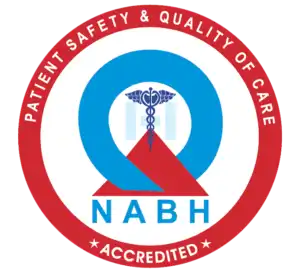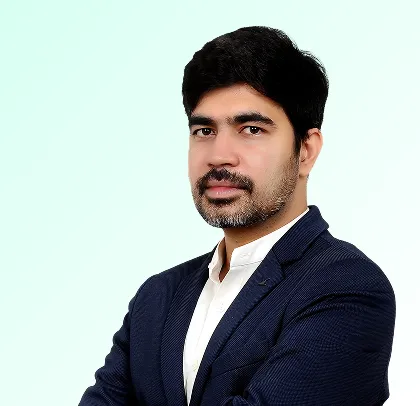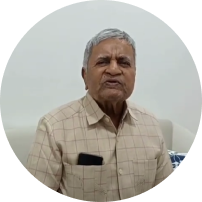Best Knee Arthritis Treatment and Doctors in Bangalore
At Epione Pain Management Centre, we have a specialized team that provides the best knee arthritis treatment in Bangalore. Our experienced knee arthritis doctors in Bangalore are committed to delivering personalized, non-surgical treatment tailored to your specific needs.
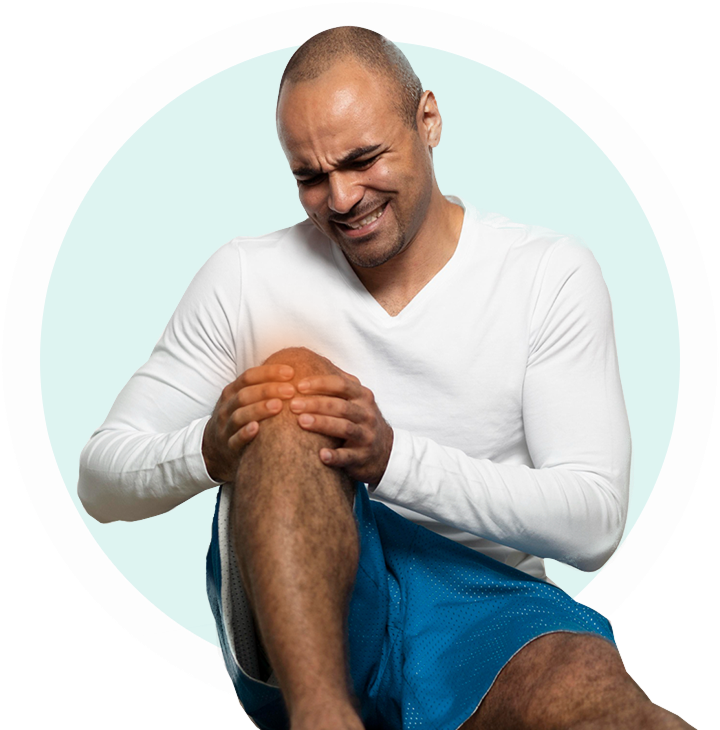
Best Hospital in Bangalore for all Knee Arthritis Conditions
At Epione, we focus on providing non-surgical knee arthritis treatment in Bangalore for various conditions. Our experienced doctors offer a comprehensive treatment solution designed to manage knee arthritis pain.

Osteoarthritis of the Knee
The most common pain that might occur is when the cartilage that cushions the knee joint wears down over time, causing pain, stiffness, and reduced range of motion.

Rheumatoid Arthritis of the knee
An autoimmune disease occurs when the body’s immune system attacks the joints, leading to inflammation, pain, swelling, and eventually joint damage.

Posttraumatic Arthritis
It develops after a knee injury, such as a fracture or ligament tear. The injury damages the cartilage and leads to arthritis, which can develop years after the initial trauma.

Gout
It occurs when uric acid crystals build up in the joints, including the knee. It can lead to sudden, severe pain, redness, and swelling in the knee.

ACL/PCL TEARS
Anterior Cruciate Ligament and Posterior Cruciate Ligament Tears are common injuries in sports that involve sudden changes of direction, such as football and soccer, but can also occur during regular activities that cause swelling, instability, severe knee pain, and inability to bear weight on your leg.

MENISCAL TEARS
Meniscus is a rubbery, C-shaped disc that cushions your knee. A tear can occur due to sports or even during simple daily activities such as walking or lifting something heavy that causes noisy joints, pain, swelling, and an unstable feeling.

BURSITIS
Knee bursitis is a condition that occurs where the fluid-filled sacs around the knee joint become inflamed, causing pain & swelling, often due to repetitive motions or overuse.

SPORTS INJURIES
Sports injuries to the knee including strains, stress, sprains, fractures, and ligament tears can cause pain, swelling, and knee joint stiffness.

TENDINOPATHY
Tendinopathy is a condition that affects a tendon, making it painful to use and reducing its functionality. Most people injure their tendons by overusing them, causing pain, reduced exercise tolerance, swelling, stiffness, and a crackling sensation when the tendon moves.
When to See a Doctor for Knee Arthritis
You should consult a doctor for Knee Arthritis Treatment if:
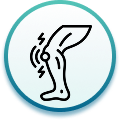
If your knee pain worsens or doesn’t improve with medications

If you see pain, swelling, or stiffness in one or both knee joints

If your knee keeps hurting for no reason
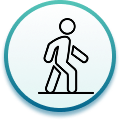
It’s difficult to walk or bear weight on the affected knee
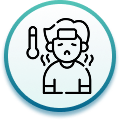
If you have a fever or other symptoms of sickness
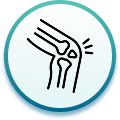
If your knee hurts and feels warm to the touch, or your skin looks red
Diagnosis
At Epione Pain Management Center, the following diagnostic steps help us determine the cause of your knee arthritis:

Physical Examination
Doctors carefully examine your knee during a physical exam to look for signs of arthritis. They gently move the knee and leg to assess the joint’s flexibility and range of motion.

X-rays
X-rays provide clear, detailed images of the knee joint and may reveal bone spurs or narrowing of the joint. They can also detect joint damage and cartilage wear indicative of arthritis.

Ultrasound
Doctors at Epione often use ultrasound to diagnose the soft tissues surrounding the bone, such as the CATILAGE THICKNESS, MENISCI, ACL, BURSA AND synovium.

Joint Fluid Analysis
A doctor might use a needle to draw fluid from an affected joint. The fluid is then tested for inflammation to determine whether the pain is caused by gout or an infection.

Magnetic Resonance Imaging (MRI)
Its uses radio waves and a powerful magnet to create 3D images that reveal injuries to soft tissues such as ligaments, tendons, cartilage, and muscles.

Blood tests
It can help doctors determine what type of arthritis you have or rule out other diseases that might cause your symptoms.
Our Approach to Knee Arthritis Pain Treatment
At Epione, we take a comprehensive and personalized approach to treating knee arthritis pain treatment in Bangalore,
Medications
Pain relievers, such as acetaminophen, paracetamol, and tramadol, are frequently available and might help reduce pain initially. Creams and ointments that act as counterirritants might provide short-term relief by creating a sensation that distracts from joint pain.

Physical Therapy
Exercise to strengthen the muscles around the joint is of prime importance. To ensure effectiveness, these exercises are customized based on body type, age, and daily activities.

Radiofrequency Ablation:
Radiofrequency neurotomy or Radiofrequency ablation is a non-invasive, highly effective procedure used to treat chronic knee pain, under fluoroscopic and ultrasound guidance, a thin needle is inserted into the knee joint which heats and deactivates the nerve with a small amount of radiofrequency energy. This prevents the nerve from sending pain signals to the brain, effectively reducing the pain in the affected area.
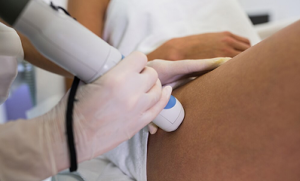
PRP THERAPY
Platelet-rich plasma (PRP) therapy is a treatment option that uses the patient’s blood to treat the damaged tissues. The PRP blood is injected into the area surrounding the knee to help reverse existing tissue damage. That helps to improve joint function, reduces inflammation, stimulates the body’s natural healing, and provides long-term relief from knee arthritis.
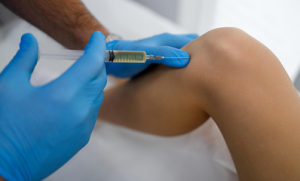
Occupational Therapy
Occupational therapy focuses on modifying daily tasks and activities to reduce strain on the joints.

Cortisone Injections
Cortisone injections help relieve pain, swelling, and irritation in a specific area of the body. The effect of a cortisone injection typically lasts 6 weeks to 6 months.

Hyaluronic Acid (Viscosupplementation) injections
These injections reduce friction and provide lubrication between the knee joints, easing pain and improving mobility.
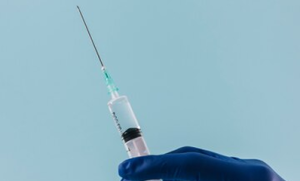
Why choose Epione pain management for Knee Arthritis treatment?
At Epione, we are committed to providing a comprehensive, systematic, and personalized approach to treat best knee arthritis treatment in Bangalore.

Expert Team:
Our team consists of experienced specialists who are experts in knee pain management.

Advanced Treatments:
We use cutting-edge technology and advanced pain management techniques to provide relief and improve knee function.

Customized Treatment Plans:
We offer personalized treatment plans that are tailored to your unique condition and goals. Each patient undergoes a thorough assessment to ensure the right approach is taken.

Our Doctors
Reviews
Very good doctor. Suffering from knee pain from last 4 years and didn’t want to get a surgery. They treated my knee pain without surgery with stem cell therapy. I am very happy with the results.
Meghana Reddy

By far the best pain management specialists in town. After consulting several places with no effect, Epione made sure that they treated my mother’s delicate pain condition with patience.
Deepthi K

